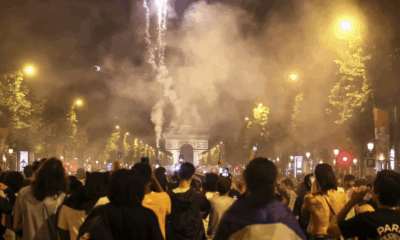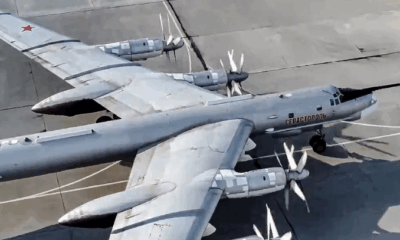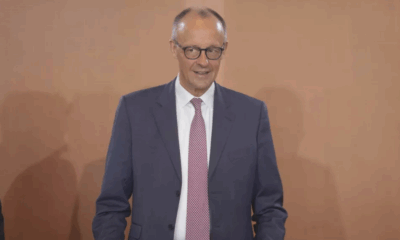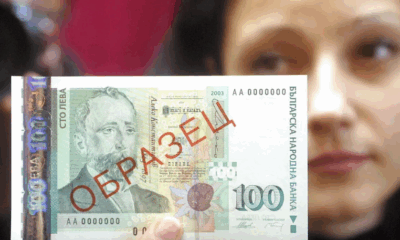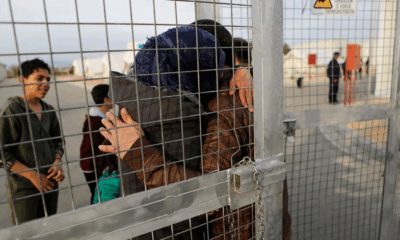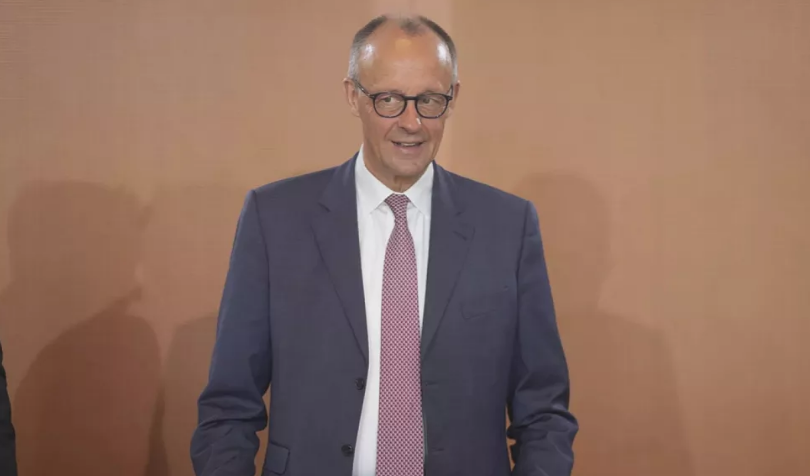News
Russia Launches Massive Christmas Day Attack on Ukraine’s Energy Infrastructure
Russia carried out a large-scale assault on Ukraine’s energy infrastructure on Christmas Day, leaving widespread destruction and casualties, Ukrainian President Volodymyr Zelensky announced. The attack, described as “inhumane,” marks the thirteenth major strike on Ukraine’s power grid this year, plunging parts of the war-torn nation into a deepening energy crisis as winter intensifies.
Widespread Damage and Casualties
Explosions were reported across Ukraine during the assault, which left at least one person dead in the Dnipropetrovsk region and six injured in Kharkiv, according to Ukraine’s national police. Residential buildings and civilian infrastructure in Kharkiv, located less than 20 miles from the Russian border, bore the brunt of at least seven missile strikes, regional governor Oleh Syniehubov confirmed.
The attack left half a million households in the Kharkiv region without heating amid temperatures of 3°C (37°F). Rolling blackouts have been imposed in several areas to stabilize the grid, according to DTEK, Ukraine’s largest energy provider.
Retaliatory Strikes and Regional Impact
Ukrainian forces responded by targeting a Russian command post overnight in Lgov, Kursk region, where Kyiv launched a surprise offensive earlier this year. Local Russian authorities reported four fatalities and five injuries, including a woman in serious condition.
In Russia’s North Ossetia-Alania, the Ministry of Defense reported that falling debris from a drone shot down by air defense forces caused an explosion and fire in a Vladikavkaz shopping center, killing one person.
Symbolic Timing of the Attack
The attack coincided with Ukraine’s new Christmas celebrations on December 25, a switch from the traditional January 7 observance under the Julian calendar. President Zelensky signed a law in 2022 to align the holiday with much of Europe, further distancing Ukraine from Russian Orthodox Church traditions.
Zelensky accused Moscow of deliberately choosing Christmas for the assault, calling it “a deliberate and inhumane choice of timing and targets.”
Extensive Assault on Energy Sector
More than 70 missiles, including ballistic missiles, and over 100 drones targeted Ukraine’s energy infrastructure during the attack. Ukraine’s air defenses shot down over 50 missiles and a significant number of drones, Zelensky reported. However, critical energy facilities suffered severe damage.
DTEK confirmed that its thermal power plants were heavily damaged, with equipment shelled more than 200 times since Russia’s full-scale invasion began in February 2022. Emergency blackouts were imposed in several regions as energy minister German Halushchenko condemned the latest strikes.
International Reactions
Ukraine’s foreign minister Andrii Sybiha highlighted the broader threat posed by Russia, noting that a missile crossed Moldovan and possibly Romanian airspace. Moldova’s president, Maia Sandu, condemned the violations, calling them a breach of international law.
Poland also scrambled fighter jets in response to missile activity near Ukraine’s western border, emphasizing the ongoing regional security risks.
The Christmas Day assault followed another deadly strike on Christmas Eve, where a missile attack on President Zelensky’s hometown of Kryvyi Rih killed one and injured 17.
News
Two Dead, Nearly 200 Injured as PSG Title Celebrations Turn Violent Across France
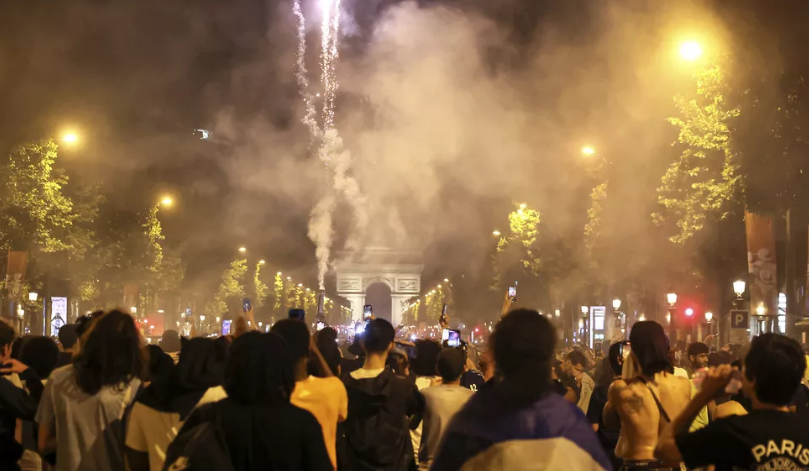
What began as jubilant celebrations of Paris Saint-Germain’s historic UEFA Champions League victory ended in violence and tragedy in parts of France, with two people killed and nearly 200 injured during street festivities that spiraled out of control.
Authorities confirmed on Sunday that a 17-year-old boy was fatally stabbed in the southwestern town of Dax during a PSG street gathering, while in Paris, a man died after his scooter was struck by a car amid the crowded celebrations. Both incidents are currently under investigation.
The unrest followed PSG’s dramatic win in Munich, where the club secured its first-ever Champions League title, marking a milestone in French football history. While fans across the country took to the streets to celebrate, several areas descended into violence.
According to the French Interior Ministry, a total of 294 people were arrested nationwide as of 2 a.m. Sunday. Of the nearly 200 injured, 21 were police officers—18 of them in Paris alone. One officer remains in a medically induced coma after being struck in the face by a firework.
Interior Minister Bruno Retailleau condemned the violence in a statement on social media. “True PSG fans are celebrating a magnificent achievement. Meanwhile, barbarians have taken to the streets to commit crimes and provoke law enforcement,” he said. “It is unacceptable that people cannot celebrate without being endangered by a violent minority.”
Despite the unrest, the majority of gatherings were peaceful, authorities noted, with large crowds celebrating the historic win in cities including Marseille, Lyon, and Lille.
The PSG squad returned to Paris from Munich on Sunday afternoon aboard a Qatar Airways charter flight, arriving at 4 p.m. The team is expected to continue celebrations in the capital with tens of thousands of fans, under heightened security measures.
The violent turn of events has reignited debate in France over crowd control during major sporting celebrations, and how best to ensure public safety without dampening national enthusiasm.
PSG’s Champions League triumph marks a defining moment for the club, which has long pursued European glory. As the team prepares for a hero’s welcome, officials are urging fans to celebrate responsibly and respect public safety.
News
Ukraine Launches Major Drone Assault on Russian Airfields, Hits Over 40 Strategic Bombers
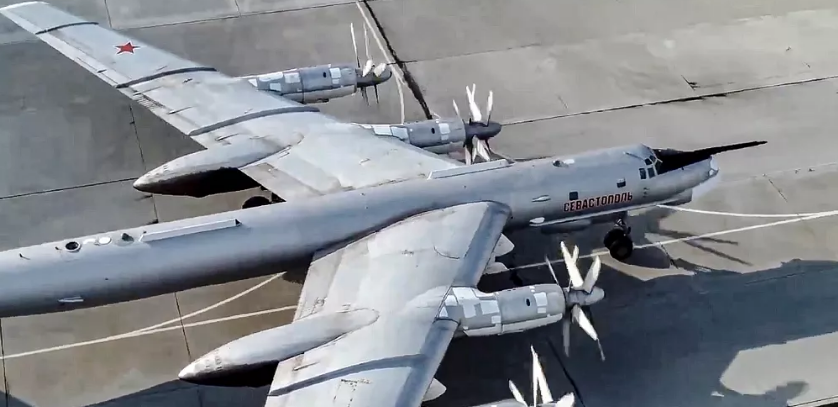
Ukraine’s Security Service (SBU) has claimed responsibility for a large-scale drone strike on four Russian air bases over the weekend, targeting dozens of strategic bombers across vast swaths of Russian territory — from Siberia to the Arctic.
According to Ukrainian officials, the operation, codenamed “Spiderweb” (Pavutyna), was launched on June 1 and struck 41 long-range bombers stationed at airfields in Russia’s Ryazan, Ivanovo, Irkutsk, and Murmansk regions. The attack is being hailed by Kyiv as one of its most ambitious and far-reaching strikes since the beginning of Russia’s full-scale invasion.
“Enemy strategic bombers are burning en masse in Russia,” a senior SBU official said, noting that the operation was specifically designed to cripple Moscow’s airstrike capabilities. “This is a large-scale special operation aimed at destroying enemy bomber aircraft.”
The four airfields targeted were Dyagilevo in the Ryazan region, Ivanovo in central Russia, Belaya air base in Irkutsk — over 4,000 kilometers from the front lines — and Olenya air base on the Kola Peninsula near the Arctic, roughly 2,000 kilometers from Ukraine’s border.
Ukrainian officials described the complex logistics of the operation, which involved covertly transporting drones deep into Russian territory, hiding them until the time of launch, and remotely executing the strikes. While specific details remain classified, Ukraine previously revealed it had developed drones with a flight range of up to 3,000 kilometers, enabling long-range operations like this.
Satellite imagery analyzed after the attack shows the presence of several high-value Russian aircraft types at the affected bases, including the Tu-95, Tu-22M3, Tu-160, and A-50 radar planes. These aircraft have been central to Russia’s long-range missile campaign against Ukraine.
The Tu-22M3, for example, is capable of carrying Kh-22 and Kh-32 cruise missiles at speeds exceeding Mach 4. The Tu-95, a Cold War-era bomber once designed to carry nuclear weapons, has been retrofitted to launch conventional cruise missiles. The A-50 aircraft provides airborne radar surveillance and target coordination for Russian forces.
The scale of the strike underscores Ukraine’s growing long-range capabilities and signals a shift in Kyiv’s strategy to disrupt Russian air operations at their source. President Volodymyr Zelenskyy said he had held meetings with the Ministries of Defense and Foreign Affairs, along with the General Staff and SBU, to coordinate further defense and counter-offensive planning.
There has been no immediate official response from Moscow regarding the extent of damage caused.
News
German Chancellor Merz to Meet President Trump in Washington Amid Global Tensions
-
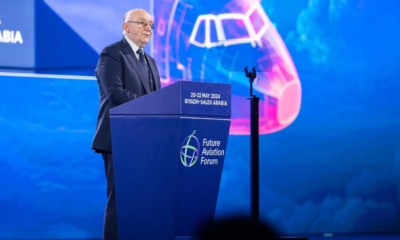
 Business1 year ago
Business1 year agoSaudi Arabia’s Model for Sustainable Aviation Practices
-

 Business1 year ago
Business1 year agoRecent Developments in Small Business Taxes
-
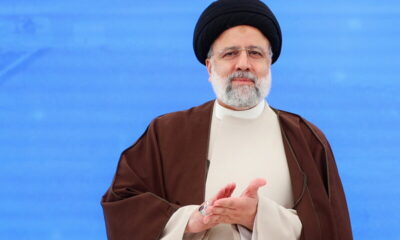
 Politics1 year ago
Politics1 year agoWho was Ebrahim Raisi and his status in Iranian Politics?
-

 Business11 months ago
Business11 months agoCarrectly: Revolutionizing Car Care in Chicago
-
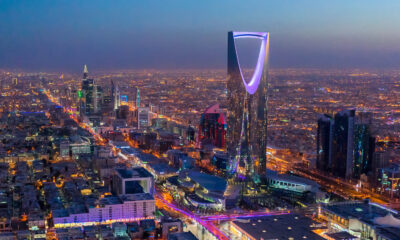
 Business11 months ago
Business11 months agoSaudi Arabia: Foreign Direct Investment Rises by 5.6% in Q1
-

 Technology1 year ago
Technology1 year agoComparing Apple Vision Pro and Meta Quest 3
-
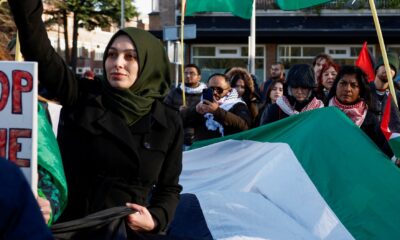
 Politics1 year ago
Politics1 year agoIndonesia and Malaysia Call for Israel’s Compliance with ICJ Ruling on Gaza Offensive
-

 Sports10 months ago
Sports10 months agoKeely Hodgkinson Wins Britain’s First Athletics Gold at Paris Olympics in 800m

